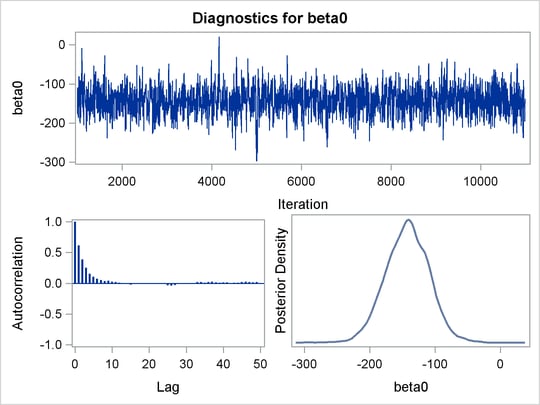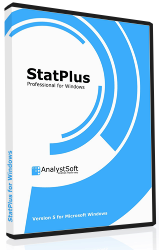

The variance of the distribution of the dependent variable should be constant for all values of the independent variable.

Other assumptions: For each value of the independent variable, the distribution of the dependent variable must be normal.StatPlus:mac includes access to a variety of. Categorical variables, such as religion, major field of study or region of residence, need to be recoded to binary (dummy) variables or other types of contrast variables. Usually life (and experiments) are not that simple and you need to use multiple regression to descrbe the relationship between a dependent variable and a selection of (possible) predictor variables using either linear or non-linear regression, and StatsPlus:mac provides for simultaneous regression. We should emphasize that this book is about data analysis and that it demonstrates how Stata can be used for regression analysis, as opposed to a book that covers the statistical basis of multiple regression. Data: Dependent and independent variables should be quantitative. This book is composed of four chapters covering a variety of topics about using Stata for regression.Plots: Consider scatterplots, partial plots, histograms and normal probability plots.Also, consider 95-percent-confidence intervals for each regression coefficient, variance-covariance matrix, variance inflation factor, tolerance, Durbin-Watson test, distance measures (Mahalanobis, Cook and leverage values), DfBeta, DfFit, prediction intervals and case-wise diagnostic information.

For each model: Consider regression coefficients, correlation matrix, part and partial correlations, multiple R, R2, adjusted R2, change in R2, standard error of the estimate, analysis-of-variance table, predicted values and residuals.For each variable: Consider the number of valid cases, mean and standard deviation.Assumptions to be considered for success with linear-regression analysis:


 0 kommentar(er)
0 kommentar(er)
